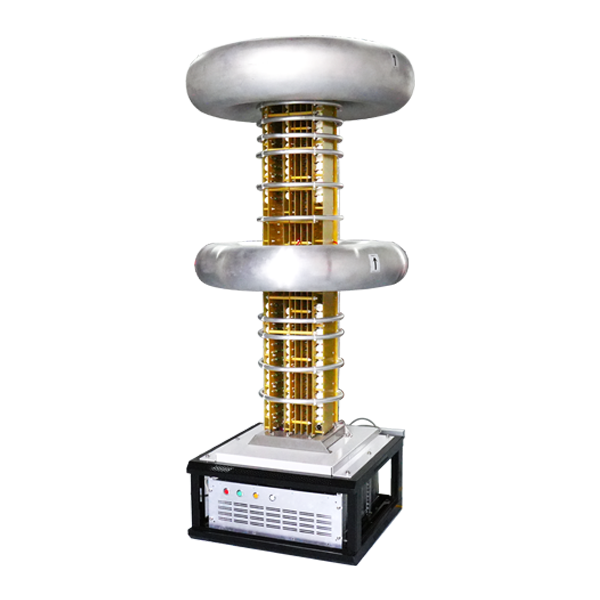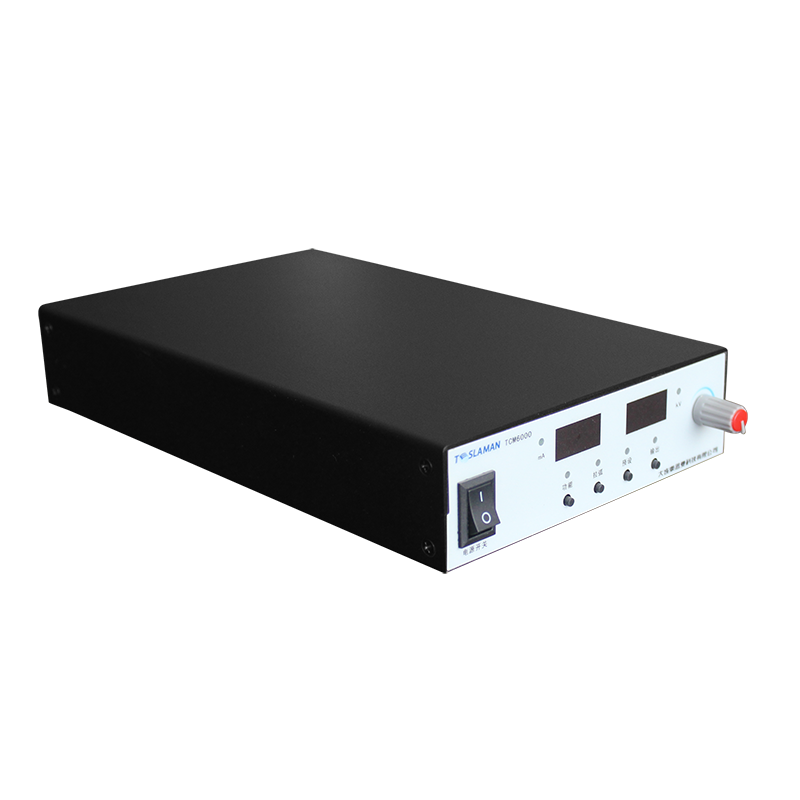Application and Safety Assessment of X-ray Power Supply Technology in Industrial Non-destructive Testing
I. Introduction
With the rapid development of modern industry, non-destructive testing technology, as an important link in the industrial production process, has seen an increasingly wide range of applications. Among them, X-ray non-destructive testing technology, with its unique penetrability and imaging capabilities, plays an irreplaceable role in fields such as aerospace, petrochemical, and power energy. As the core component of the X-ray non-destructive testing system, the performance of X-ray power supply technology directly affects the stability and accuracy of the entire testing system.
II. Overview of X-ray Power Supply Technology
X-ray power supply technology refers to the technology that provides stable, reliable, and efficient electrical energy for the X-ray generator. It mainly includes the design, manufacturing, and control of high-voltage power supplies. The performance of the high-voltage power supply directly determines the output power, stability, and service life of the X-ray generator, which in turn affects the effectiveness of non-destructive testing.
III. Application of X-ray Power Supply Technology in Industrial Non-destructive Testing
1. Detection of Internal Defects in Materials
By utilizing the penetrability of X-rays, internal defects in materials can be detected non-destructively. For example, in the aerospace field, X-ray non-destructive testing technology can accurately detect internal cracks, pores, and other defects in aircraft engine blades, ensuring flight safety.
2. Assessment of Welding Quality
In industries such as petrochemical and power energy, the quality of welding directly affects the safe operation of equipment. By using X-ray non-destructive testing technology, real-time imaging of welds can be performed to accurately assess welding quality and timely discover and handle potential safety hazards.
3. Thickness Measurement
X-rays can also be used to measure the thickness of materials. In industries such as steel and aluminum foil, real-time monitoring of product thickness can be carried out through X-ray non-destructive testing technology to ensure product quality consistency.
IV. Safety Assessment of X-ray Power Supply Technology
1. Radiation Protection
As an ionizing radiation, X-rays pose certain hazards to the human body. Therefore, when using X-ray non-destructive testing systems, strict radiation protection measures must be taken. This includes reasonable layout of testing equipment, setting up safety warning signs, equipping personal protective equipment, etc.
2. Electrical Safety
The X-ray power supply system involves high voltage and large current, posing certain electrical safety hazards. In the design and manufacturing process, electrical safety factors should be fully considered, such as adopting double insulation, overcurrent protection, and other measures to ensure the safety and reliability of the power supply system.
3. Operational Specifications
To ensure the safe operation of the X-ray non-destructive testing system, operators must strictly follow the operating procedures. This includes correctly wearing personal protective equipment, being familiar with the equipment operation process, and regularly checking the equipment status.
V. Conclusion
X-ray power supply technology has a wide range of application prospects in industrial non-destructive testing. However, as its application deepens, safety issues are becoming increasingly prominent. Therefore, while promoting and applying X-ray power supply technology, we must attach great importance to its safety assessment work. By strengthening radiation protection, electrical safety, and operational specifications management, we can ensure the safe and efficient operation of X-ray non-destructive testing technology and provide strong support for the development of modern industry.
In addition, with the advancement of science and technology and the continuous improvement of people's safety requirements, X-ray power supply technology will make greater breakthroughs in intelligentization and automation in the future. For example, by introducing artificial intelligence and big data technology, real-time monitoring and intelligent analysis of the X-ray non-destructive testing process can be achieved, further improving detection efficiency and accuracy; at the same time, by optimizing the design of the power supply system, energy consumption can be reduced and environmental impact can be minimized, achieving green and sustainable development.




















